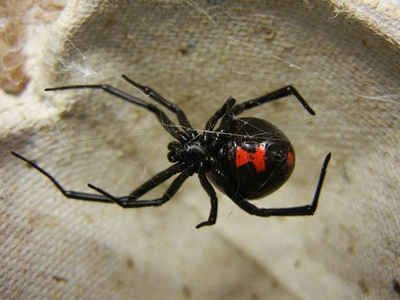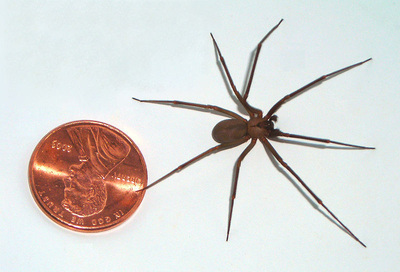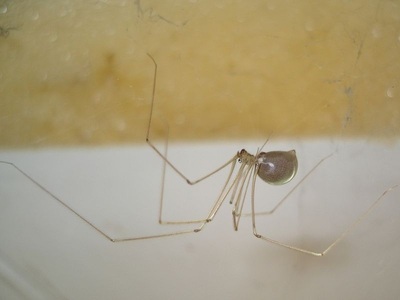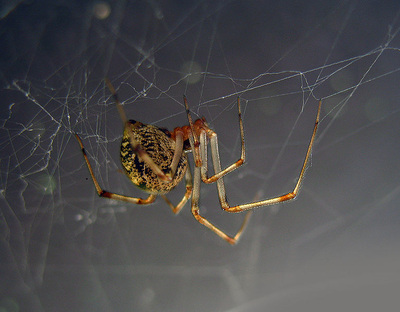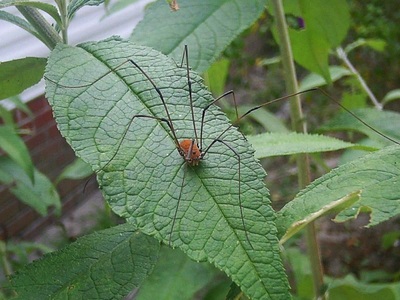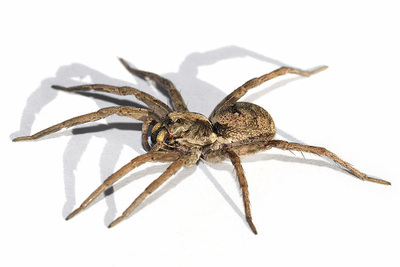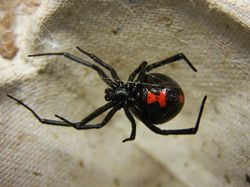
The spider has fascinated mankind for millennia. From Arachne and Anansi to Charlotte and Spider-man, the arachnids have been a part of human culture for almost as long as culture has existed. A spider in the garden can be quite beneficial, as it will trap and eat insects that are considered pests to either humans or plants. Spider venom is also a potential future source of medicines for diseases such as cardiac arrhythmia, muscular dystrophy, Alzheimer's disease, or even strokes. Spider venom is also being investigated as a source for natural pesticides as most venoms are harmless to vertebrates. Some biologists even hope to genetically engineer spider toxins into viruses to target specific species of pests. And, of course, spider silk is a source of endless fascination to scientists, as it has both high tensile strength (the amount it can be pulled before breaking) as well as being very tough, while still having a low density (a strand long enough to circle the Earth would weigh less than 18 oz).
And yet, many of us can't get over the creepy feeling we get when we see even a tiny spider go scurrying across the floor. And as beneficial as they may be, many species of spiders can and will bite people, sometimes with disastrous consequences. Perhaps Little Miss Muffet had the right idea all along -- perhaps the best way to deal with many spider species is to avoid them altogether, and keep them from entering your home.
WHAT YOU CAN DO
Trim back any decorate plants from around the outside of the building. Remove any outside debris. Make sure all cracks and holes are sealed with caulk or sealing foam, and that all window screens are secure and in good repair. Keep the lawn mowed to reduce hiding places. Changing outdoor lights to a yellow bulb may reduce appeal.
OUR TREATMENT
A general spray on the inside will take care of any spiders already in the house, whereas a spray on the outside will keep them from coming in.
Unless otherwise indicated, all photos are courtesy Wikimedia Commons or the US Centers for Disease Control and Prevention.

